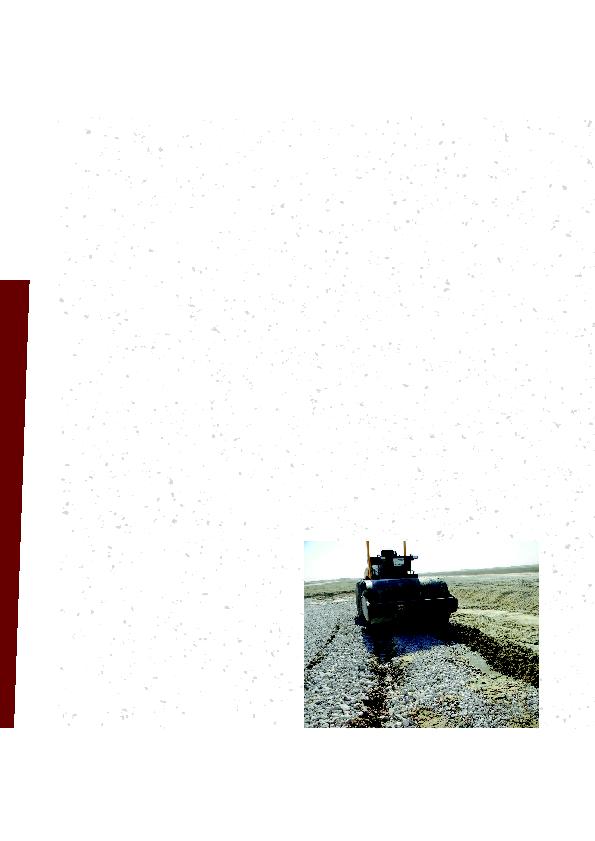
planned facilities commissioned by the Saudi Arabian
Ministry of Interior, along with Riyadh, Jeddah and Taif.
The planned facility is around 35 km from Dammam
and will eventually accommodate 7,300 prisoners.
primary consideration.
standard penetration tests on drilled boreholes in
the ground to evaluate the relative density of the
foundation soil. Initial tests revealed that the site was
underlain by very loose, loose to medium dense, and
dense poorly graded sand with silt. The soil's relative
density increased with depth.
that the site was bisected by a major wadi. Moreover,
the site was lower than the surrounding area, with
external roads raised and acting as a dyke around the
site. Groundwater was found at 0.5 m to 1.50 m below
ground level.
they revealed a calcium carbonate content of about 34% .
from several problems that needed their attention:
· Loose sand layers of an average depth of 4 m
· Irregularly distributed soil relative density
· High groundwater levels
· Liquefaction hazards.
Soil improvement can increase bearing capacity and stability,
reduce postconstruction settlements and mitigate the risk
of liquefaction. Furthermore, soil improvement has inherent
advantages. It eliminates the need for deep foundations and
satisfies safe and stable subsurface conditions for buildings at a
relatively reasonable cost.
crushed stones technique. It involves spreading crushed stones
on areas with loose granular soil and then compacting these
stones with a heavy roller.
approach. Layers of crushed stones between 25 mm and 125 mm
in size were spread no thicker than 250 mm. The layers were then
heavily compacted with vibratory 25ton rollers until no further
settlement was possible. This process is shown in Figure 1 .